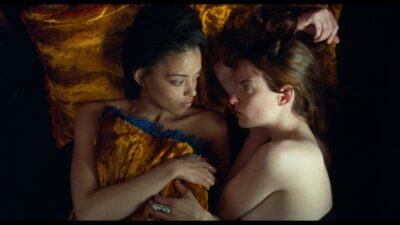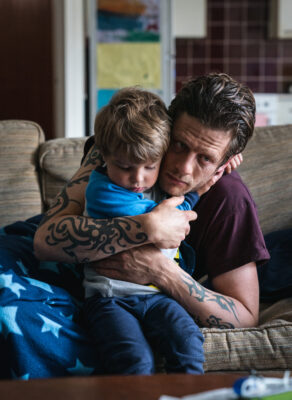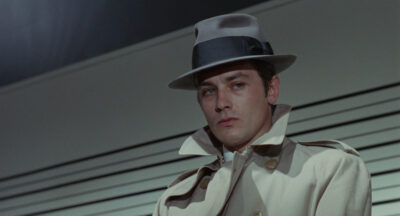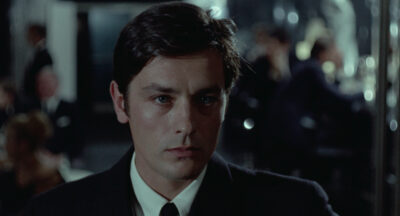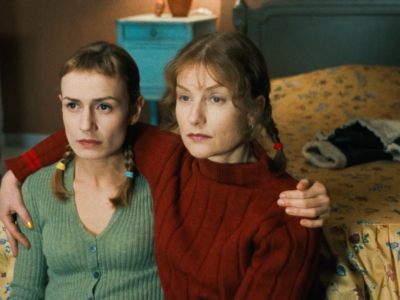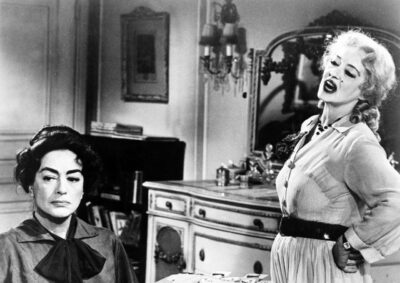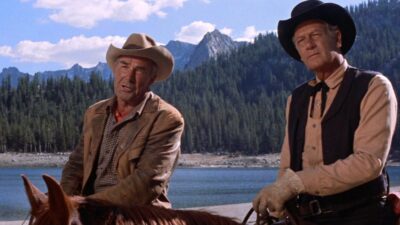We’re thrilled to screen Shakespeare’s leanest, meanest tragedy, Macbeth with Ralph Fiennes and Indira Varma, May 2 and 5 only, following its highly acclaimed U.K. tour. It was filmed live at Dock X in London especially for cinemas. Tony and BAFTA Award-winner Fiennes (Antony & Cleopatra, Schindler’s List, Coriolanus) and Olivier Award-winner Indira Varma (Present Laughter, Game of Thrones, Luther) star in this brand-new ‘full-voltage visceral’ (★★★★ Daily Telegraph) production of the Scottish play. Designed for a custom-built space, this gripping and breathtaking play about the couple utterly corrupted by their relentless lust for power is unmissable on the big screen. By the end of the run in London and following seasons in Liverpool and Edinburgh, this production played to sell-out audiences of over 100,000 people at 110 performances. We’ll show Macbeth at our Claremont, Glendale, Santa Monica, Newhall and Encino theaters.
Directed by Simon Godwin (Antony & Cleopatra, Romeo & Juliet, Hansard) with set and costume design by Frankie Bradshaw (Jerusalem, Blues for an Alabama Sky), this stunning production brings ‘Shakespeare’s tragedy pulsing into the present day’ (★★★★★ The I).
Regard this clip. It really gives one a (bloody) taste of what awaits:
Joining Ralph Fiennes as Macbeth and Indira Varma as Lady Macbeth are Ben Allen as Ross, Ewan Black as Malcolm, Levi Brown as Angus, Jonathon Case as Seyton, Danielle Fiamanya as Second Witch, Keith Fleming as King Duncan/Siward, Michael Hodgson as Second Murderer, Lucy Mangan as First Witch, Jake Neads as First Murderer/Donalbain, Richard Pepper as Lennox, Steffan Rhodri as Banquo, Rose Riley as Menteith, Lola Shalam as Third Witch, Rebecca Scroggs as Lady Macduff/Doctor, Ethan Thomas as Fleance, and Ben Turner as Macduff.

